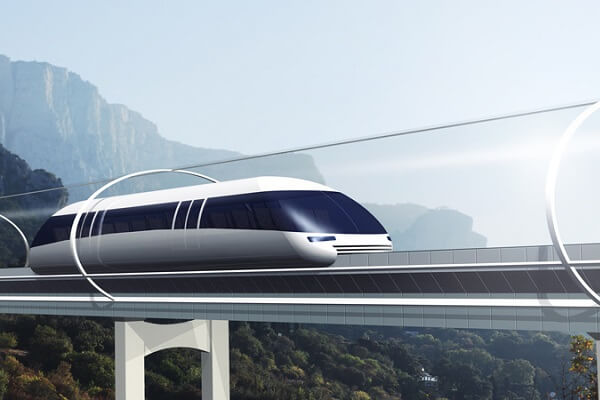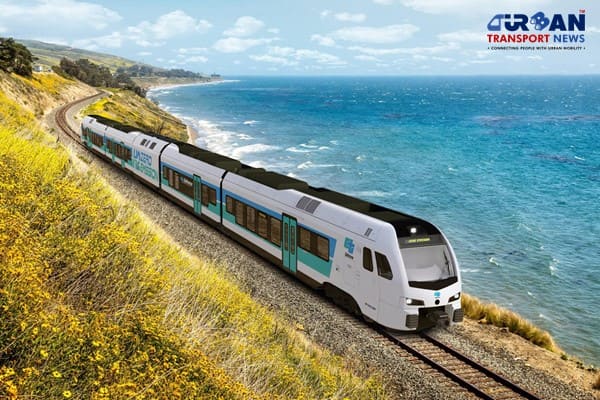 Vensa Infrastructure wins ₹412.58 crore civil contract for Hisar Airport
Vensa Infrastructure wins ₹412.58 crore civil contract for Hisar Airport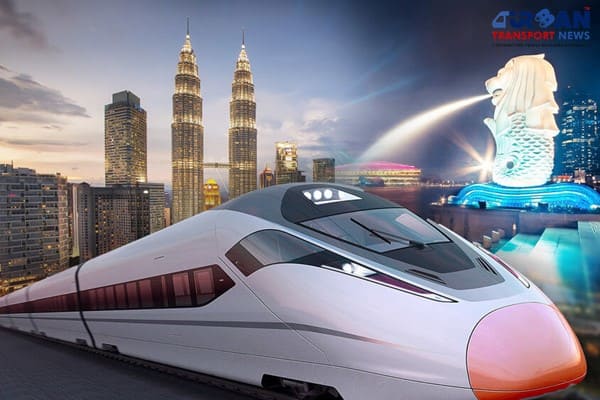 Kuala Lumpur-Singapore high-speed rail project cost could be slashed to RM70 Billion
Kuala Lumpur-Singapore high-speed rail project cost could be slashed to RM70 Billion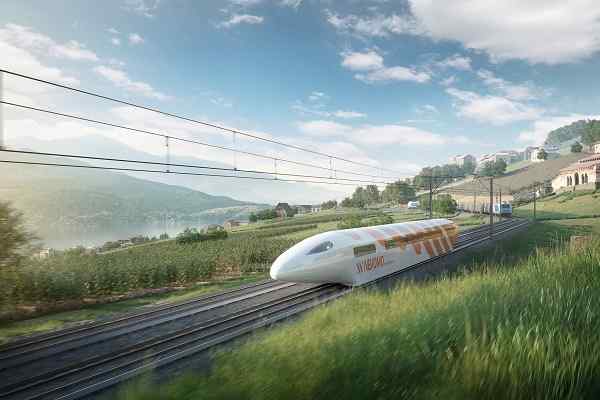 Nevomo's MagRail Technology Selected for Hyperloop Freight Demonstrator
Nevomo's MagRail Technology Selected for Hyperloop Freight Demonstrator Russia signs deal to procure bullet trains for Moscow - St. Petersburg high-speed line
Russia signs deal to procure bullet trains for Moscow - St. Petersburg high-speed line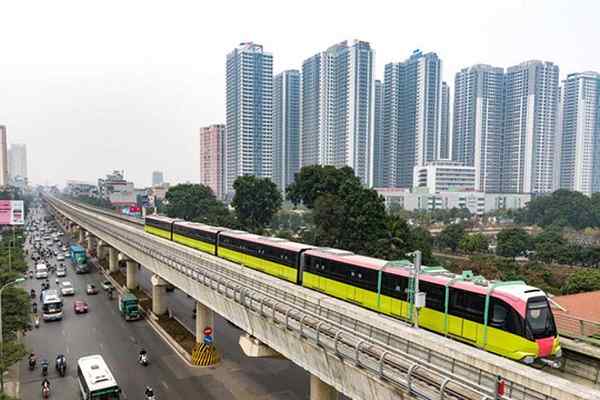 Vietnam plans new metro rail lines to replace its BRT systems in Hanoi
Vietnam plans new metro rail lines to replace its BRT systems in Hanoi 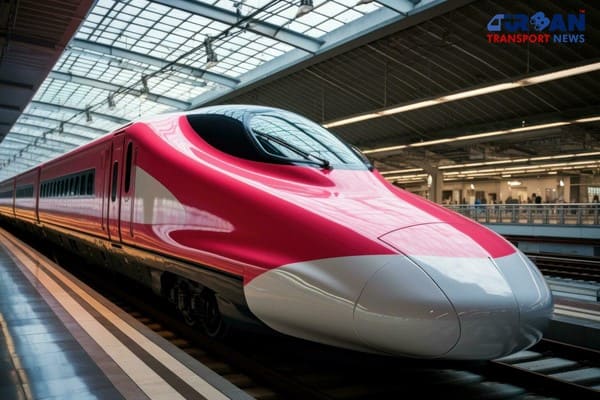 Revolutionizing Indian Railways: The Rise of Indigenous High Speed Bullet Trains
Revolutionizing Indian Railways: The Rise of Indigenous High Speed Bullet Trains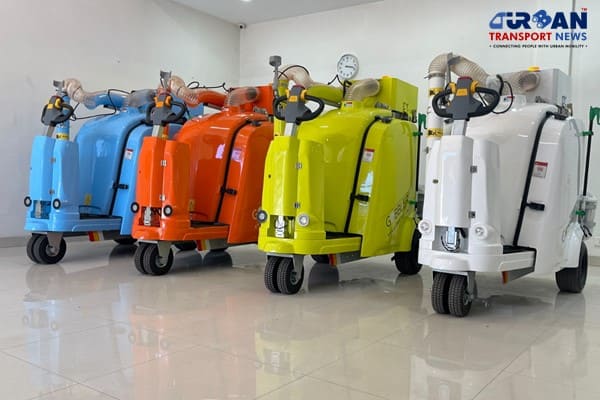 Ayodhya deployed Gobbler Litter Buster to keep the City clean
Ayodhya deployed Gobbler Litter Buster to keep the City clean BMW's Emissions Investigation: What Does It Mean for Drivers?
BMW's Emissions Investigation: What Does It Mean for Drivers?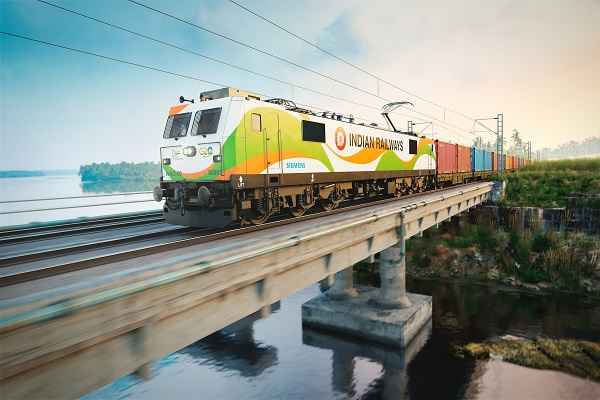 171 Years of Indian Railways: A History of Innovation and Progress
171 Years of Indian Railways: A History of Innovation and Progress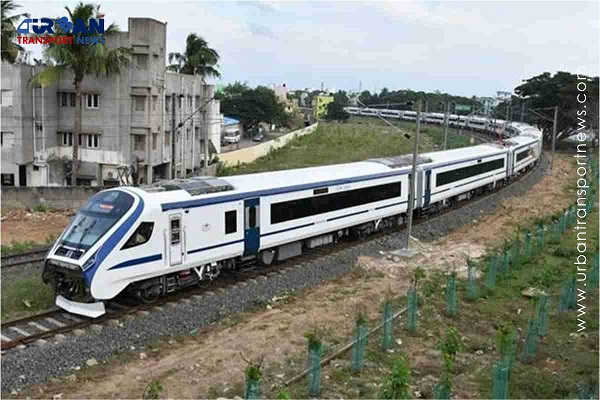 Vande Bharat Express trains carries over two crore passengers since their inception
Vande Bharat Express trains carries over two crore passengers since their inception
Regional Rapid Transit System: Transforming Urban Transport by creating a future-proof model
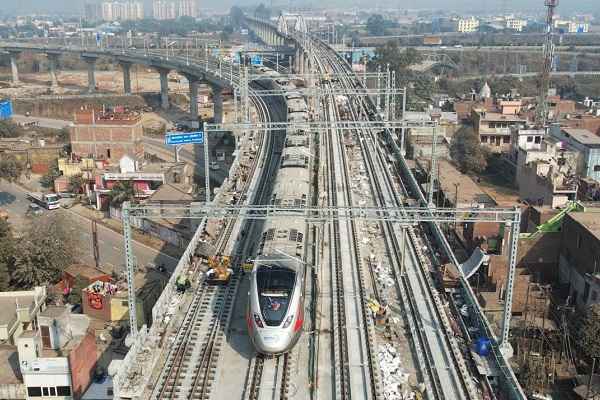
Over the years, it has been observed that metropolitan cities such as Delhi, Bengaluru, and Hyderabad are witnessing rapid urbanisation due to large-scale migration. People migrate to metropolitan cities in search of better education, better jobs, higher earnings, etc. If we take the example of New Delhi, for instance, thousands of people from the adjoining satellite towns and suburbs such as Gurugram, Faridabad, Ghaziabad, and Noida commute to the city daily to work. This has led to congestion at all levels of the mobility infrastructure and has caused a rise in pollution resulting in formidable challenges in the overall urban mobility landscape.
Regional connectivity has become the primary challenge as roads remain the dominant mode of connectivity with constraints of long commutes, limited speeds, and safety issues with added ills of environmental pollution and congestion.
Although the metro rail has been able to provide a greener, safer, more comfortable, and hassle-free intrastate commute to a great extent by connecting satellite towns and cities in many Indian metropolitan cities, much remains to be done to provide smart interstate mobility solutions. The primary challenge lies in enhancing mobility while at the same time reducing congestion, accidents, and pollution, which are seen as common problems in all major cities of the world.
Multimodal Integration as a New-Age Mobility Solution
New-age urban mobility calls for “Intermodal Integration”, implying the integration of various modes of transport to provide seamless connectivity for commuters. Last-mile connectivity is also a significant factor in determining the success of the public transit system of a city. New-age mobility systems with low land footprint and high-through put such as RRTS and Metro interconnected and complemented by last-mile connectivity through e-buses, rental e-bikes, and shared smart shuttles will be fundamental requirements for a clean and green environment in the urban landscape. This is in line with the “PM Gati Shakti Master Plan”, which aims to break departmental silos and bring in more holistic and integrated planning and execution of projects.
Access to economic opportunities is primarily dependent on an efficient public transport system that can be ensured by the implementation of multimodal integration in urban areas. Multimodal integration will enhance the creation of new economic clusters unlocking new economic opportunities and facilitating regional connectivity through an efficient intra- and inter-state public transport system.
Such an efficient public transport system also ushers various socio-economic benefits for all strata of society, leading to multiplier effects such as enhanced access to education, generation of employment, increase in investment, economic activity, and much more.
Millennials or Generation Y today look for a multimodal mobility integration which is not only physically integrated with various modes of public transport but is also integrated in terms of technology, information, and fare collection through universal smart cards. An ideal mobility solution that today’s new-age commuters aspire for offers a seamless travel experience.
Towards a Regional Mode of Public Transport
With an aim to create a huge network-of-networks by integrating the various modes of transportation in NCR, RRTS stations have been designed with multimodal integration as its core. RRTS stations will be integrated with the airport, metro stations, railway stations, interstate bus terminals, and bus depots, thus making it a sustainable mode of public transport. All three priority RRTS corridors, Delhi–Ghaziabad–Meerut, Delhi–Gurugram–SNB, and Delhi–Panipat will converge at Sarai kale Khan making it a mega transit hub.
For ‘New India’, as envisioned by the Hon’ble Prime Minister, the level of public transport needs to be “RAISED”, which is an acronym for Resilient, Affordable, Inspiring, Sustainable, Efficient, and Dynamic. India’s first-of-its-kind Regional Rapid Transit System (RRTS) project which is the Delhi–Ghaziabad–Meerut RRTS corridor is being currently constructed keeping all this in mind. In 2023, a new chapter in the urban transport landscape will also unfurl with the commissioning of the complete first RRTS corridor in the heart of NCR.
RRTS is a high-speed rail-based public transit system planned to cater to the socio-economic aspirations of the people of NCR. RRTS, with trains having design speed of 180 kmph, will be covering distances of 100 km in 45–50 minutes, thus empowering citizens through enhanced access to education, healthcare, employment, and business opportunities.
RRTS is a true manifestation of the vision of the Hon’ble Prime Minister, ‘Made in India’ and making India better every day.





